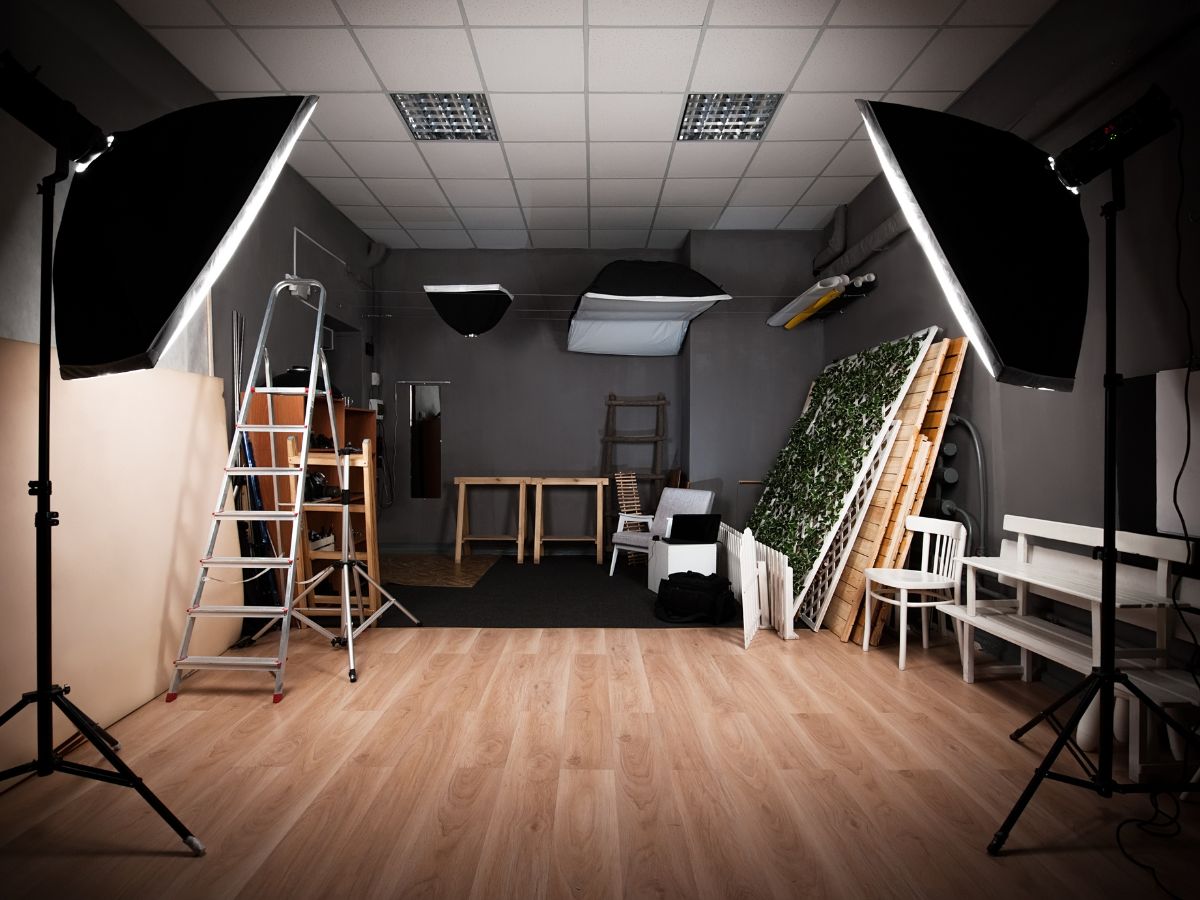
How to Capture the Beauty of California in Your Art
California’s diverse landscapes offer endless inspiration for artists, from sunlit coasts to majestic mountain ranges. Capturing the state’s unique beauty involves technical skill, creative interpretation, and a connection to nature. Here’s how you can paint California’s essence into your work.








